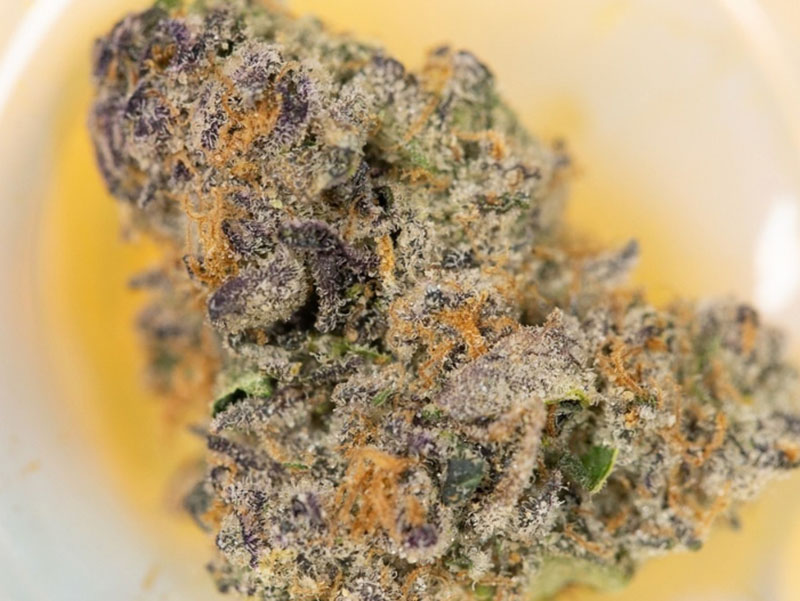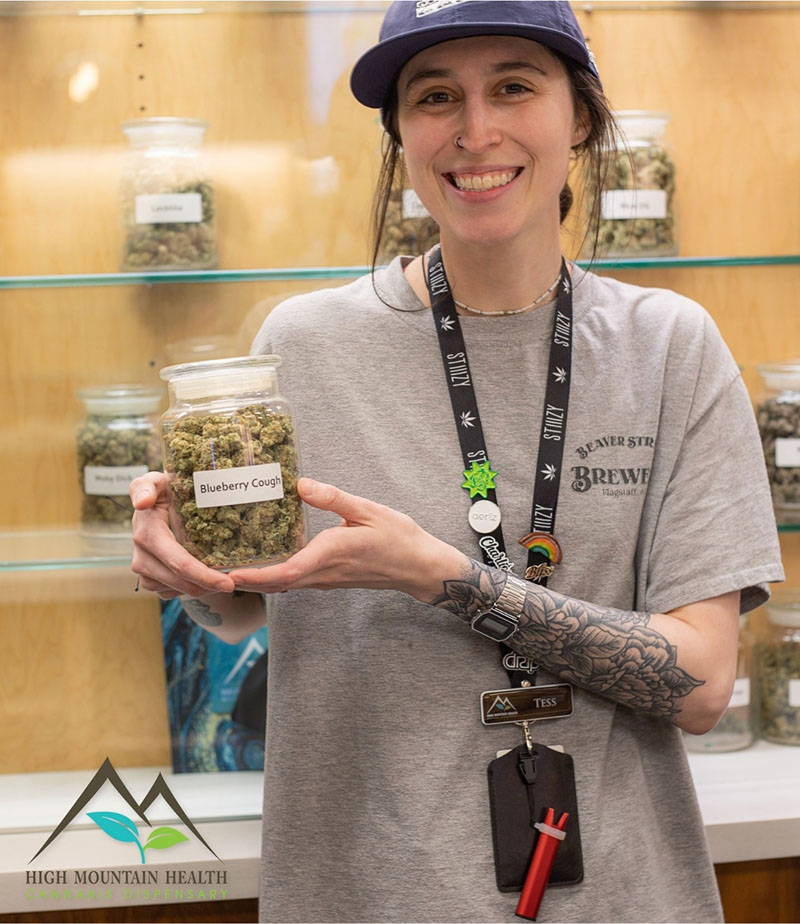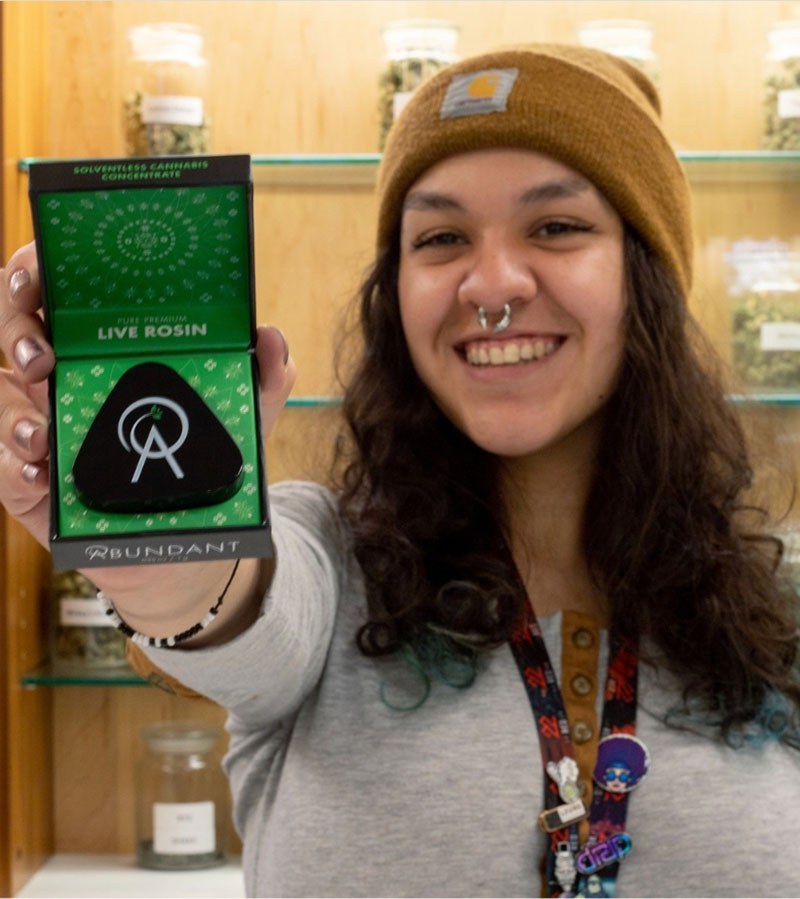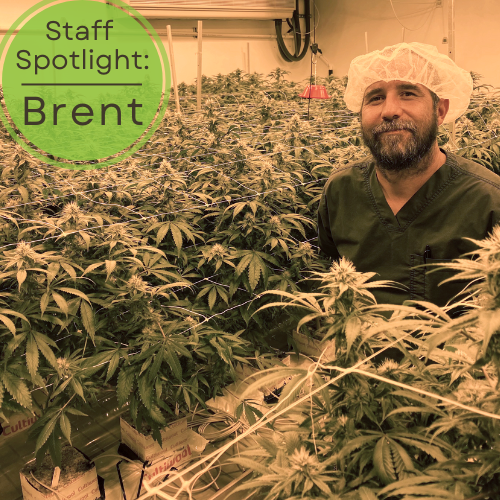A History of Hemp in America
By Zachariah Finning
Hemp's history in America is rich and fertile. The Hemp plant has been on American soil since before the nation was founded. Throughout US history Hemp has been used to make almost anything ranging from paper, fuel, to even medicines in this modern day. Although Hemp has - again - recently taken the nation by storm its deep history here in the United States is lesser-known. However, for those that are familiar, it would be hard to imagine an America without Hemp. In this month's blog, we will celebrate National Hemp Month by delving into the History of Hemp in America. We will cover Hemp's introduction to North America and its seeding in the early settlements. We'll broadly touch upon hemp’s growth throughout American history, and lastly, we will look at where Hemp stands today in the ever-changing world of the United States.
Hemp arrived in North America earlier than most of the settlers. First known reports seem to trace back to 1606 (S1). The plants' introduction into Colonial America is thanks to the Puritans. They first brought Hemp in the form of seeds for planting (S2). Hemp was used as fiber in most of the sails, lines, and caulking of the well-known Mayflower. Hemp at that time was the fiber of choice for maritime use due to its natural resistance to decay and natural adaptability to cultivation (S2). Many British ships were never without storage of hemp seed and by law, the colonies were compelled to cultivate hemp (S2). Naturally, by the mid-1600s hemp had transformed into a staple of the Colonial Economy. From northern New England down to Virginia hemp was being widely cultivated. Colonial farmers grew hemp to be used for a multitude of purposes. Some major Colonial Era purposes for hemp included paper, lamp fuel, ropes and cords, cloth, canvas, maritime materials, and even sacks (S1 & S2). Hemp was surely used domestically in the new world but during those days most of the hemp fiber produced here in the Colonies would be exported for British consumption (S2). Hemp cultivation and exportation would continue to be a cornerstone for the Colonial Economy all the way up until the Revolutionary War.
Ironically enough the hemp paper being produced and exported for the British was the same paper used in the first drafting of the Declaration of Independence (S2). Hemp would continue to prove itself as a much-needed and useful crop for the duration of the long and bloody war to come. It would provide the newly formed army with paper for maps and correspondence, fuel for their lanterns and watchtowers, cloth and canvas for clothes and tents, and sacks for storage (S2). Yet most important of all was Hemp's contribution to the newly formed American Navy. With an endless hunger for cordage and sails, the growing navy would have been dead in the water if it weren't for Hemp (S3). Upwards of 120,000 pounds of Hemp fiber was used to rig the 44-gun USS Constitution (S2). This is one of America's oldest Navy ships better known as "Old Ironsides". About 55 tons of fiber was used for lines and rigging on Old Ironsides alone. Even more, Hemp went into producing the canvas used for its sails and caulking for the ship's hull (S2). One could say that American History hanged on the cultivation and use of Hemp in its early inception. Colonial Farmers who originally grew their crop for the British Crown now began cultivating their Hemp for the newly formed republic. After the defeat of the British Hemp remained a highly valued plant. It became a staple crop in the young republic (S1). Meaning it was one of the region's most important crops. Farmers were driven by a sense of patriotic duty to grow hemp. Citizens were even allowed to pay their taxes in hemp weight (S2). Our first president, George Washington, cultivated Hemp on his estate and widely encouraged all citizens to do the same. For a time, it would seem that Hemp had grown its way into the foundation of America.
The heydays of Hemp in America would come and go throughout the countries growing pains. A 1919 article from the Kentucky Agricultural Experiment Station Bulletin no.22 states that Settlers from Virginia arrived in the Kentucky territory with Hemp crops just prior to the outbreak of the Revolutionary war. Those settlers would start what would be one of the longest-lasting significant Hemp industries in the U.S. (S2) A booming hemp industry throughout Kentucky, Missouri, and Illinois would produce most of America’s hemp until the late 1800s. Around this time demand for sailcloth and cordage dropped drastically as steamships began to dominate the seas (S2). With cotton gins feeding the clothing industry and steam fueling the shipping industry, Hemp began to wane in its cultivation and production. At the end of the Civil War in 1865 Kentucky was the only state left with a substantial Hemp Industry. It would remain so until the outbreak of World War 1 when hemp production increased with the war effort (S2). In the early 1900s Hemp cultivation and processing throughout the U.S., in all its stages, relied solely on hand labor. Then in 1917 G.W. Schlicten, an inventor was awarded a patent for a machine that would separate thick hemp fibers. The machine reduced labor costs by a factor of 100. This machine eventually evolved into what is known as a decorticator in the modern hemp industry (S4). Sadly, Schlichten and his machine remained largely unheard of for decades and there are many theories as to why.
Many historians believe Schlichten and his original decorticator went unnoticed for so long due to the concentrated efforts of industrial tycoons. Individuals in the lumber, paper, and synthetic fabric industries bringing forth legislation that would protect their investments (S4). Others point towards cultural conflict with Hemp being a direct casualty of the Marihuana Tax Act. In 1937 the Federal Government passed this Act. Its purpose was said to regulate the narcotic known as Cannabis yet oddly enough the law put regulation of Hemp production into the hands of the Department of Revenue. The DOR was then solely responsible for licensing all Hemp cultivators henceforth (S2). Hemp production in the U.S. would continue to steadily decline again until WW2 when the Hemp for Victory Campaign successfully targeted farmers to embrace Hemp yet again (S2). The Federal Government consulted with Matt Rens, at the time a local Hemp Grower in Waupun WI. in relations to the Hemp for Victory campaign. The project was to involve approval for the construction of multiple new hemp processing plants but before the project was fully put into reality WW2 had ended and along with it the high demand for domestic hemp fiber. 1958 saw the last substantial industrial hemp crop harvested in the U.S. for some time (S2). When asked about the decline of the Hemp Industry in the US, Junior Prange nephew of Matt Rens explains: "[The Marijuana Tax Act] didn't really affect us as growers, other than we had to pay a small tax and sign a paper stating that we wouldn't use the plant as a drug, what really killed the [hemp] industry in the '50s was the availability of cheap synthetic fibers" (S2).
Until more recent years Hemp had struggled to stay on the table as an American cash crop. The rise of the Medicinal Marijuana Industry, as well as health trends surrounding CBD, seem to be the latest catalysts for hemp’s next great resurgence. CBD as many of us know is the primary cannabinoid found in hemp. It is in some ways scientifically proven and anecdotally said to help with a variety of issues ranging from muscle and joint pains to anxiety and even recently an FDA-approved seizure medication. The CBD market alone has made drastic changes to the course of hemp here in America. According to CBD and cannabis research firm, Brightfield Group U.S. farmers planted an estimated 288,000 acres (about half the area of Yosemite National Park) of Hemp in 2019 (S5). That is a drastic shot up from the 78,000 acres (about half the area of Austin, Texas) planted in 2018 (S5). It is the enormous profit potential of CBD that is driving the explosion of hemp cultivation here. About 87% of those 288,000 acres planted in 2019 are estimated to be used for the processing of CBD (S5). Thanks to the 2018 Farm Bill, legalizing industrial hemp on the federal level, more farmers are recognizing this potential for extreme profit. Looking at things on the per-acre level hemp cultivated for the processing CBD could generate upwards of $45,000 in profits compared to $773 per acre for corn (S5). It is no mystery why increased numbers of farmers are planting hemp around the nation. The U.S. Hemp-derived CBD Market is expected to reach $23.7 billion by the year 2023 (S5). That’s a gigantic increase from the estimated $5 billion it was worth in January of 2020 (S5). In direct correlation to the 2018 Farm Bill along with the continuing health trends surrounding CBD, the U.S. has now become the number one producer of industrial Hemp in the world closely followed by China and then our neighbor Canada(S5). For now, it seems the United States is the home of hemp.
With the Industrial Hemp and CBD Market booming it looks as if hemp has once again found its home here in the United States. Yet it is hard for one to say if it is here for good; with its many rises and falls throughout the history of our nation. For now, it seems it's future as a cash crop is secured but if health trends change and CBD is no longer needed in mass will this easily adaptable plant be able to withstand the tides of time once again? Its tale has been forgotten and retold as many times as the reasons for its cultivation have changed. Despite its rises and falls one thing is for certain - From the riggings and sails on the Mayflower to the paper that became the Declaration of Independence, from the cash crop that paid our taxes to the crop that beat the Axis - Hemp has a history here in America that cannot be denied. It will most likely continue to sow its seeds into the soil of our nation.
S1. https://ministryofhemp.com/hemp/history
S2. https://www.farmcollector.com/farm-life/strategic-fibers
S3. https://www.foriawellness.com/blogs/learn/hemp-cannabis-legalization-history-america
S5. https://www.hempgrower.com/article/projections-us-leads-global-hemp-cultivation/












